Related Research Articles
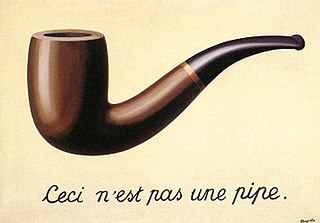
Surrealism is a cultural movement that developed in Europe in the aftermath of World War I in which artists depicted unnerving, illogical scenes and developed techniques to allow the unconscious mind to express itself. Its aim was, according to leader André Breton, to "resolve the previously contradictory conditions of dream and reality into an absolute reality, a super-reality", or surreality. It produced works of painting, writing, theatre, filmmaking, photography, and other media.

Raymond Queneau was a French novelist, poet, critic, editor and co-founder and president of Oulipo, notable for his wit and cynical humour.
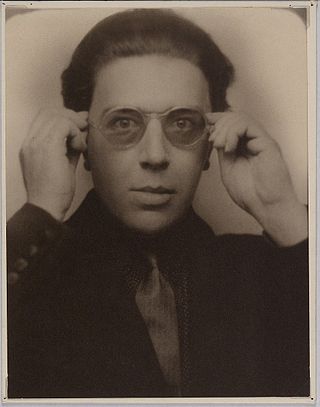
André Robert Breton was a French writer and poet, the co-founder, leader, and principal theorist of surrealism. His writings include the first Surrealist Manifesto of 1924, in which he defined surrealism as "pure psychic automatism".
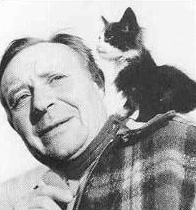
André-Aimé-René Masson was a French artist.

Robert Desnos was a French poet who played a key role in the Surrealist movement.
The Surrealist Manifestos refer to several publications by Yvan Goll and André Breton, leaders of rival Surrealist groups. Goll and Breton both published manifestos in October 1924 titled Manifeste du surréalisme. Breton wrote his second manifesto for the Surrealists in 1929, and later wrote his third manifesto in 1942.

La Révolution surréaliste was a publication by the Surrealists in Paris. Twelve issues were published between 1924 and 1929.

Julien Michel Leiris was a French surrealist writer and ethnographer. Part of the Surrealist group in Paris, Leiris became a key member of the College of Sociology with Georges Bataille and head of research in ethnography at the CNRS.

Minotaure was a Surrealist-oriented magazine founded by Albert Skira and E. Tériade in Paris and published between 1933 and 1939. Minotaure published on the plastic arts, poetry, and literature, avant garde, as well as articles on esoteric and unusual aspects of literary and art history. Also included were psychoanalytical studies and artistic aspects of anthropology and ethnography. It was a lavish and extravagant magazine by the standards of the 1930s, profusely illustrated with high quality reproductions of art, often in color.

Documents was a Surrealist art magazine edited by Georges Bataille. Published in Paris from 1929 through 1930, it ran for 15 issues, each of which contained a wide range of original writing and photographs.
Charles Duits (1925–1991) was a French writer of the fantastique.
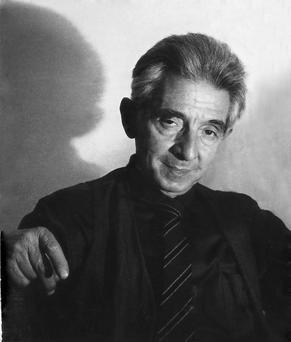
Georges Alexandre Malkine was the only visual artist named in André Breton's 1924 Surrealist Manifesto among those who, at the time of its publication, had “performed acts of absolute surrealism." The rest Breton named were for the most part writers, including Louis Aragon, Robert Desnos, and Benjamin Peret. Malkine's 1926 painting Nuit D'amour was the precursor of the lyrical abstract school of painting.
Georges Limbour was a French writer, poet and art critic, and a regent of the Collège de 'Pataphysique.
Le Surréalisme au service de la révolution was a periodical issued by the Surrealist Group in Paris between 1930 and 1933. It was the successor of La Révolution surréaliste and preceded the primarily surrealist publication Minotaure.
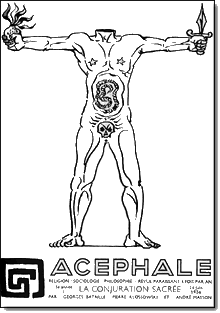
Acéphale is the name of a public review created by Georges Bataille and a secret society formed by Bataille and others who had sworn to keep silent. Its name is derived from the Greek ἀκέφαλος.
Émile Savitry (1903–1967) was a French photographer and painter.
Isabelle Waldberg, néeIsabelle Margaretha Maria Farner (1911–1990) was a French-Swiss sculptor associated with surrealism.
Michel Surya is a French writer, philosopher and publisher. A specialist of Georges Bataille, he is the founder and director of the journal Lignes and the Éditions Lignes.
Robert Lebel was a French art historian, specializing in modern French art. He was also an essayist, poet, novelist, and art collector, He wrote the first fundamental essay on Marcel Duchamp and remained close to the artists and poets of Surrealism. For example, Lebel was the friend and advisor of André Breton and close to Max Ernst, Jacques Lacan, André Masson and Claude Lévi-Strauss.
Pierre de Massot was a French writer associated with the Dada and surrealist movements.
References
- ↑ Patrick Waldberg, La clé de cendre, Paris: Editions de la Différence, 1999.
- 1 2 Patrick Waldberg, "Acéphalogramme", in Marina Galletti, ed., L'Apprenti-sorcier, Paris: Editions de la Différence, 1999.
- 1 2 Biography - Editions de la Différence Archived 2016-10-06 at the Wayback Machine .
- 1 2 José Pierre, « WALDBERG PATRICK - (1913-1985) », Encyclopædia Universalis (online), accessed 5 October 2016.